A bit of goofin’ on a Saturday morning. Poster is a 1931 promotional poster for Frankeinstein, font is “Evil of Frankenstein” by Brain Eaters Font. No AI used, natch.
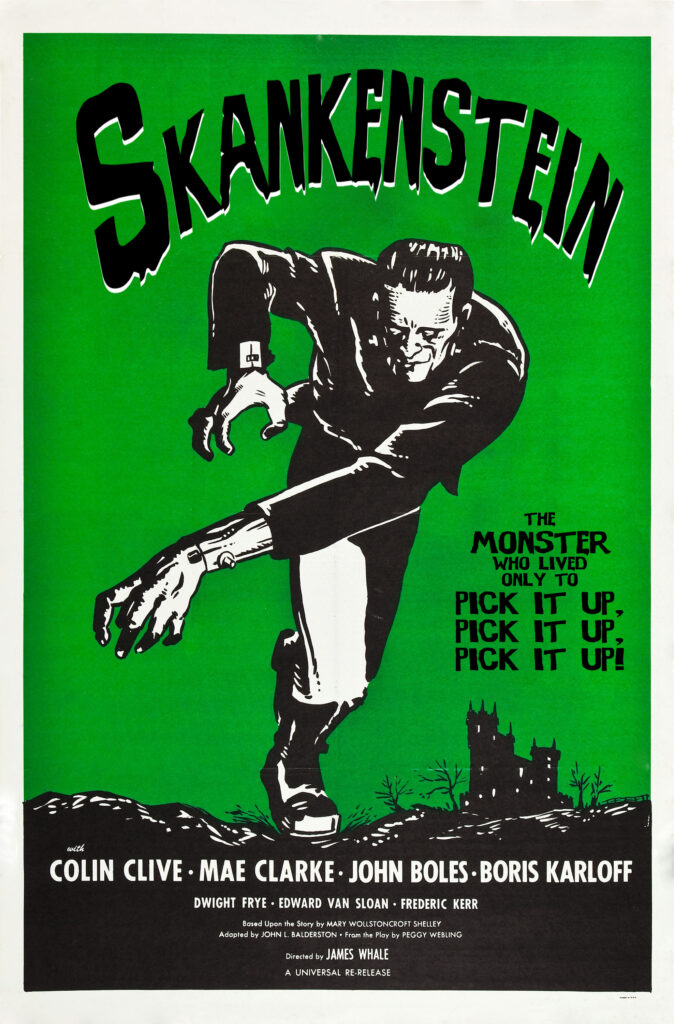
I love storytelling, and helping organizations share their truth with the world. From non-profit media outlets to for-profit boutique agencies to one of Canada's great universities, I've been connecting institutions and stakeholders for a while, and enjoying both the journey and seeing great ideas find great audiences.
A bit of goofin’ on a Saturday morning. Poster is a 1931 promotional poster for Frankeinstein, font is “Evil of Frankenstein” by Brain Eaters Font. No AI used, natch.

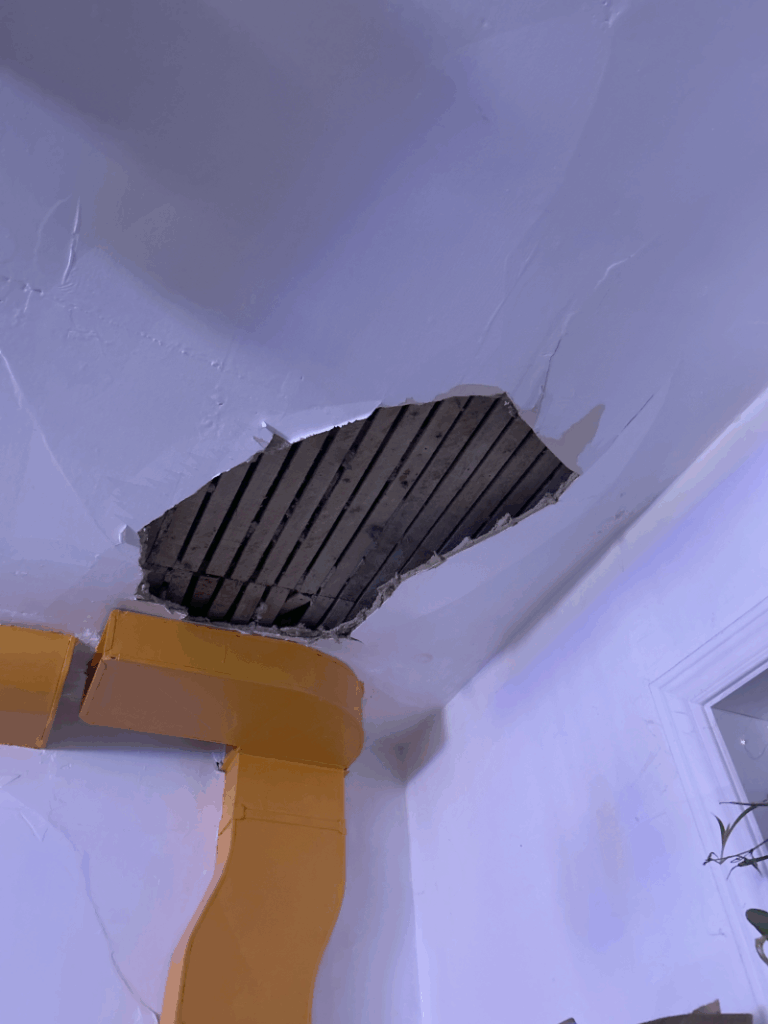




It’s odd to say that a chunk of collapsing ceiling in my kitchen made me grateful, but here we are.
It’s great to have the kind of upbringing that made me feel like I could tackle this; friends who know a lot more about drywall than I do to help me figure this out, the available cash to buy what I needed for the fix, the tools to do it, the time to do it.
Zooming out, it’s given me a chance to reflect on what really rankles me about an age where we’re moving backwards on sensible taxation, public services, and a general understanding of a social safety net. I could point at this fix and say “I did it all myself,” but the truth is, I didn’t.
Accidents of birth, how I was raised and educated, prior good fortune in finding the kind of jobs that gave me cash I could flex into this, a network of friends, the kind of career that grants me time and mental space to envision the fix and have the energy to tackle it. SO MUCH has happened to help me be a guy without a hole in the ceiling.
Nobody “did it all themselves.” We’re all parts of complex systems. We need to recognize that being the person with the time, energy, friends and stuff to fix the hole means we have a responsibility to look out for the people who can’t fix their holes. Or create systems that help them do that.
(also, I know it’s not that great a patch, but it’s a 100+ year old house and you should see the rest of the ceiling!)
Watch this video and get back to me and let’s talk about the genius of the zag. Yes, there’ll be a test.
Tim Minchin is, of course, a brilliant man. I am not Australian and have never been to Australia and in all likelihood will never visit Australia but White Wine in the Sun is one of only two Christmas songs that makes me cry. 1The other one is the Cat Carol by Meryn Cadell, which frankly qualifies as goddamn trauma.
I am coming this two years too late, having seen Minchin’s speech at the Art of Tax Reform summit, itself a work of art.
Play it Safe is epochal for me on a number of levels.
First, it’s the perfect response to a mundane marketing request. “Say the usual things about creativity and the arts and uniqueness and vision,” goes the ask.
“How about I do exactly the other thing: champion safety and mundanity verbally, juxapose it visually, and do this knowing that it will land, because I trust my audience.”
And by Jiminy, does it land.
Partly because Minchin is a once-in-a-lifetime songwriter: he knows music, he knows lyrics, he understands the interplay.
Partly because the cultural context of the project — which he also fully understands — can underpin the zag of the zig. You can talk about the iconic Opera House in a “play it safe” context because you know that everyone knows that it wasn’t a “safe” project.
What am I taking away from Play it Safe today, which I think everyone should take away from it?
This isn’t just a Minchin thing; it’s why Sinners why was a box-office shattering surprise in an era of cookie-cutter IP products, it’s why Peacemaker has resurrected the careers of Z-tier glam metal bands through artfully deployed opening-credit dance numbers.
Trust. Context. Fun.
Pure magic.
And — if you have 13-odd minutes to spare — the address to the Tax Reform Summit is also well worth your time. It starts as an articulate dissection of the creative process, and winds up of being a repudiation of AI slop, small-minded conservative budgets, and a whole-throated confirmation that big ideas, and big risks taken on culture can have incredible long-term rewards; much more than the “safe” bets ever do.
You’ll see Play It Safe again in that presentation, but it’s worth a second look. Trust me.
Australia, I’m jealous. Where’s Canada’s Tim Minchin? We need him, or her, or them.
Tip for AI adherents: if you want people to use it, make it less cancerous.
I was on a board call last week where one of the board members was using read.ai to transcribe minutes. To read the minutes, I had to make a read.ai account.
Sure, whatever. So I made an account with my Google account.
Today, I log into an entirely different meeting with an entirely different person. Not signing in with Google at all.
You’ll never guess what happens. Via cookies in my browser, read.ai determines that I’m a Google user, and auto-injects itself — without permission, and without asking — to “transcribe” the meeting.
After the meeting, I get a note asking why I’d added an AI bot to the call. I hadn’t. I’m baffled.
It takes me — a reasonably competent person, with fairly good technical skills — 45 minutes to figure out what’s going on. That this venomous little company is creeping around my browser to creep into my calls with no explicit prompts or permissions.
Another straw on the camel’s back of AI being — from an end-user perspective — an intrusive, unhelpful, rapacious way to kill the environment and add absolutely nothing of value to our lives.
I’ve gone from being AI-curious a few years ago to viewing it as an actively negative force in my life. Every interaction with technology now comes with effort and debt to turn off unwanted “features,” bloatware, waste.
Nobody wants this. Nobody needs it. I pray, daily, that Ed Zitron is right and this fever dream bubble is about to collapse.

A vague developing thought on image-generation LLMs: used to be with image banks etc that you’d have to find a metaphor that worked and apply it, creating a layer that made readers think a little differently about the piece. Not everything — “senior looks baffled by technology” stock photos will always be with us — but broad writing would often be paired with conceptual visuals.
You’d sift through some banks and look for something that makes connective sense, but isn’t literally the headline regurgitated as a vaguely Ghibliesque picture. Or, saints be praised, hire and work with an artist who brings an intelligent interpretation to the piece.
You’re writing something on, I don’t know, inheritance tax. How do you show the positive or negative (depending on your slant) of this? To the image bank, or ask an artist for help: you might not be thinking of “large fish eats smaller fish” or “the old piggy banks where the hand grabs the coin” but once you see them, you think “oh, that’s an interesting way to look at this” and you’re off to the races. You’re forced into a metaphorhical framework.
Now that you can generate literal slop (both meanings of literal) to illustrate. Type “inheritance tax is bad” into an AI image generator and you get this kind of good-enough shiny horseshit, which adds no value to the overall piece, it’s just confirmatory noise (and eerily close to the “senior baffled by technology” trope:

We’re losing a layer of metaphor:substance in illustrated pieces in favour of literal:literal, and I think that ultimately makes the reading and thinking components just a little bit worse.
A stroll down Princess St. and up through Doug Fluhler (sp?) Park…

Chicken at Gallery Raymond
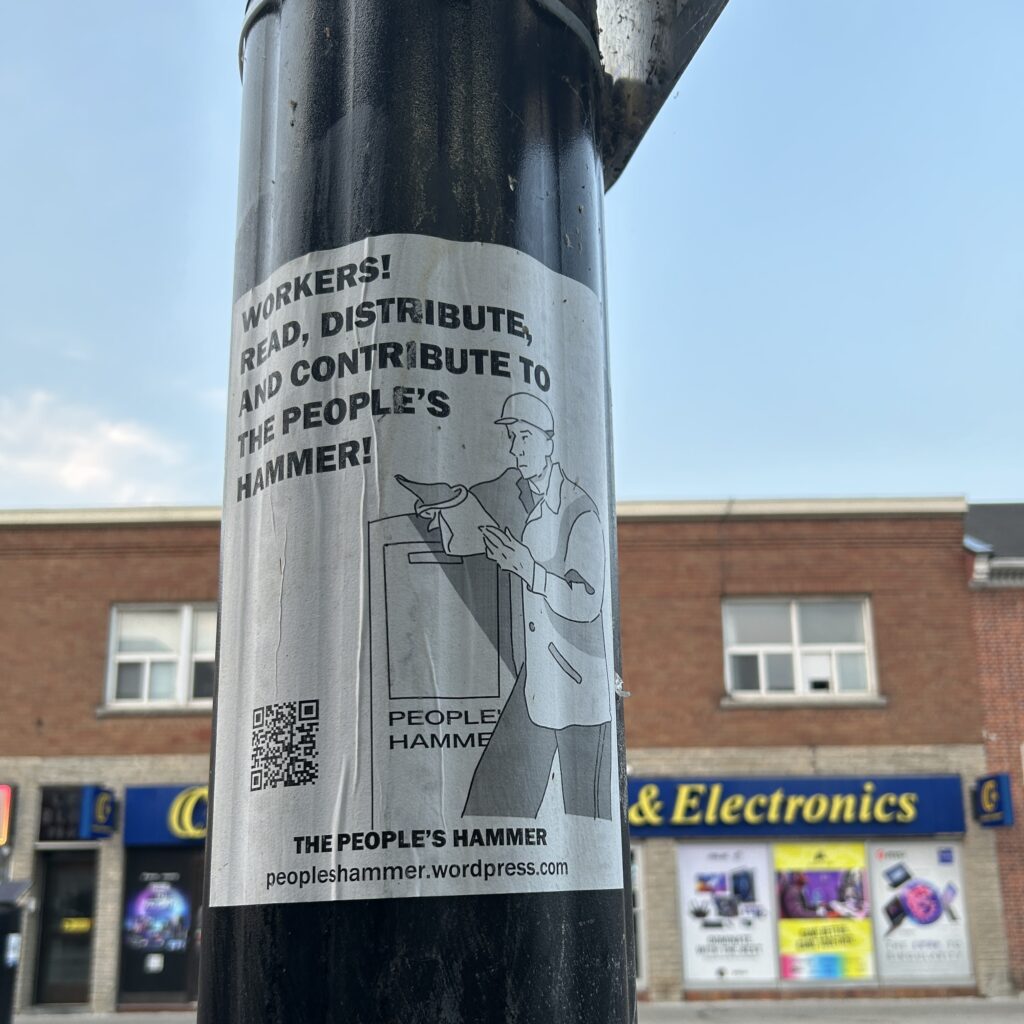
The People’s Hammer!!
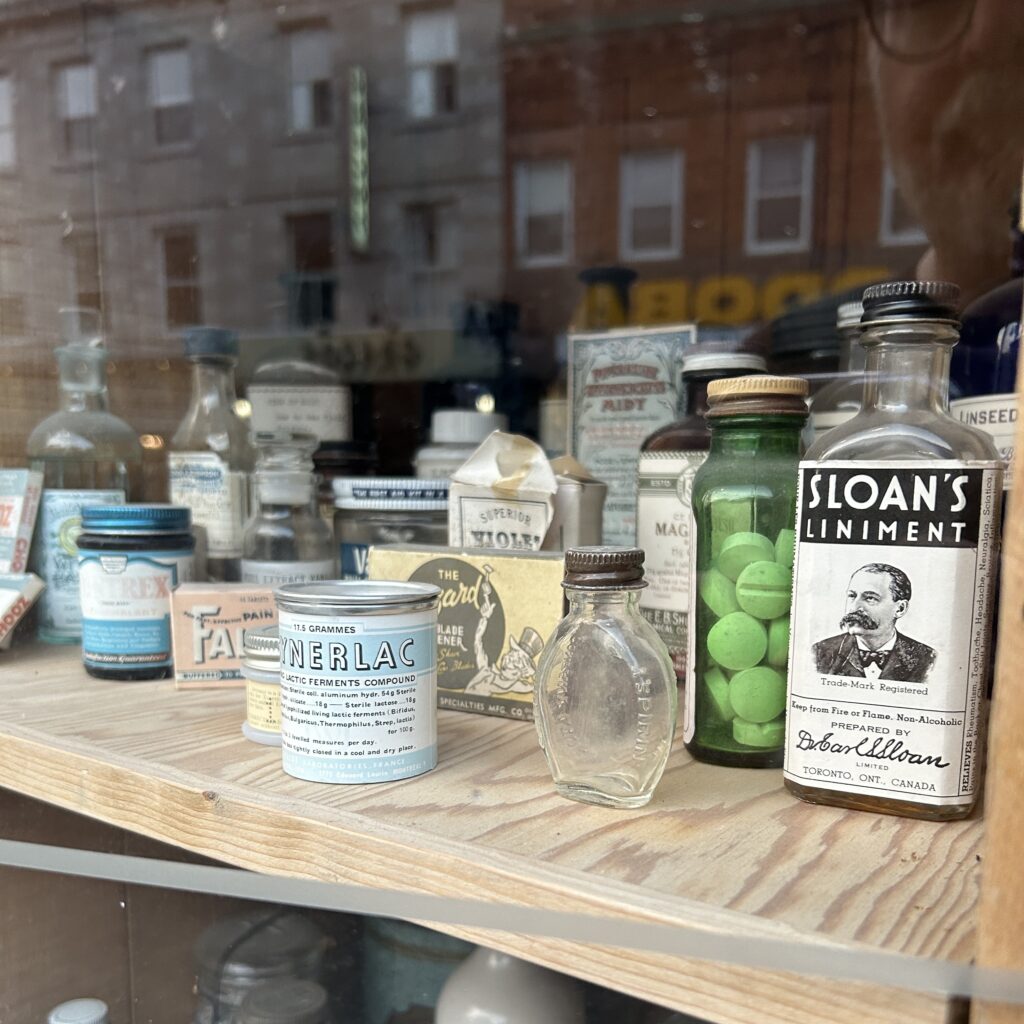
Old Timey Chemist Stuff at Graham Pharmacy
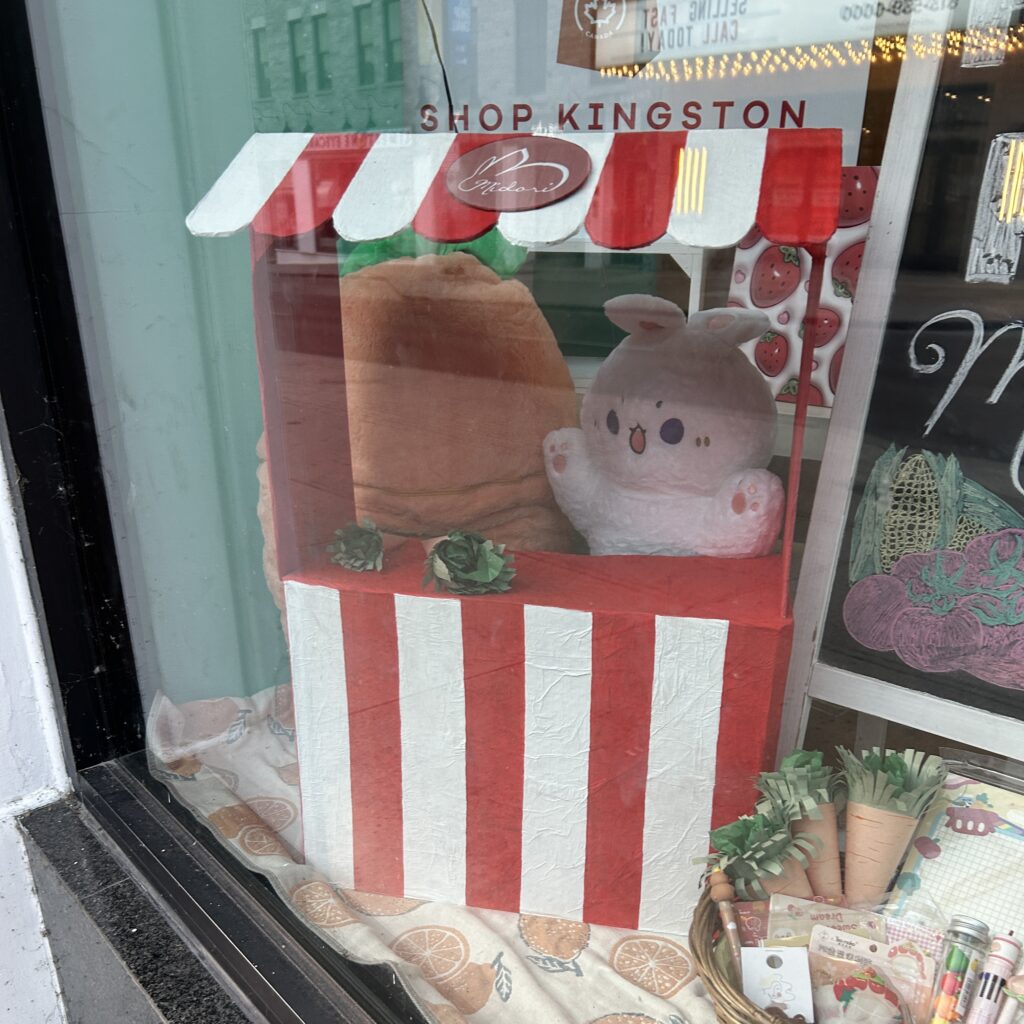
A Cute Booth at Midori
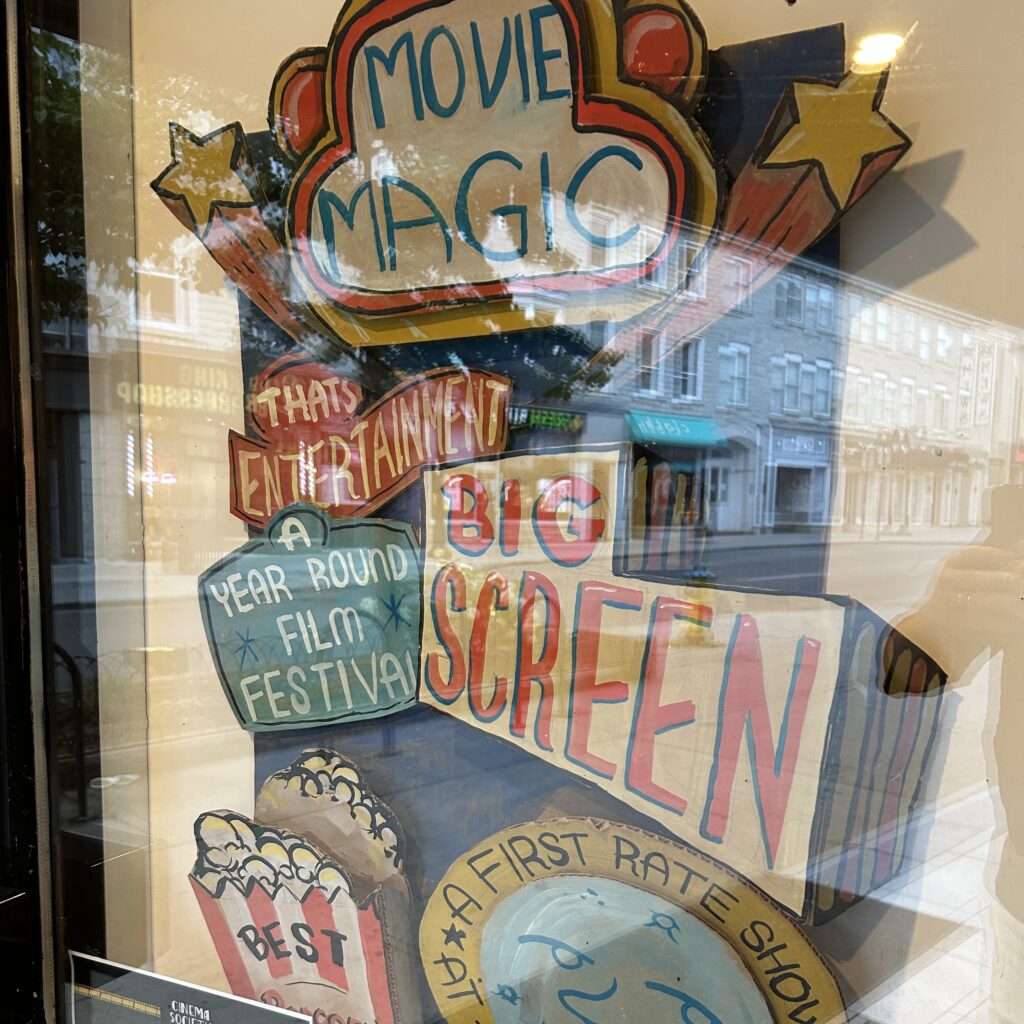
I love the Screening Room!
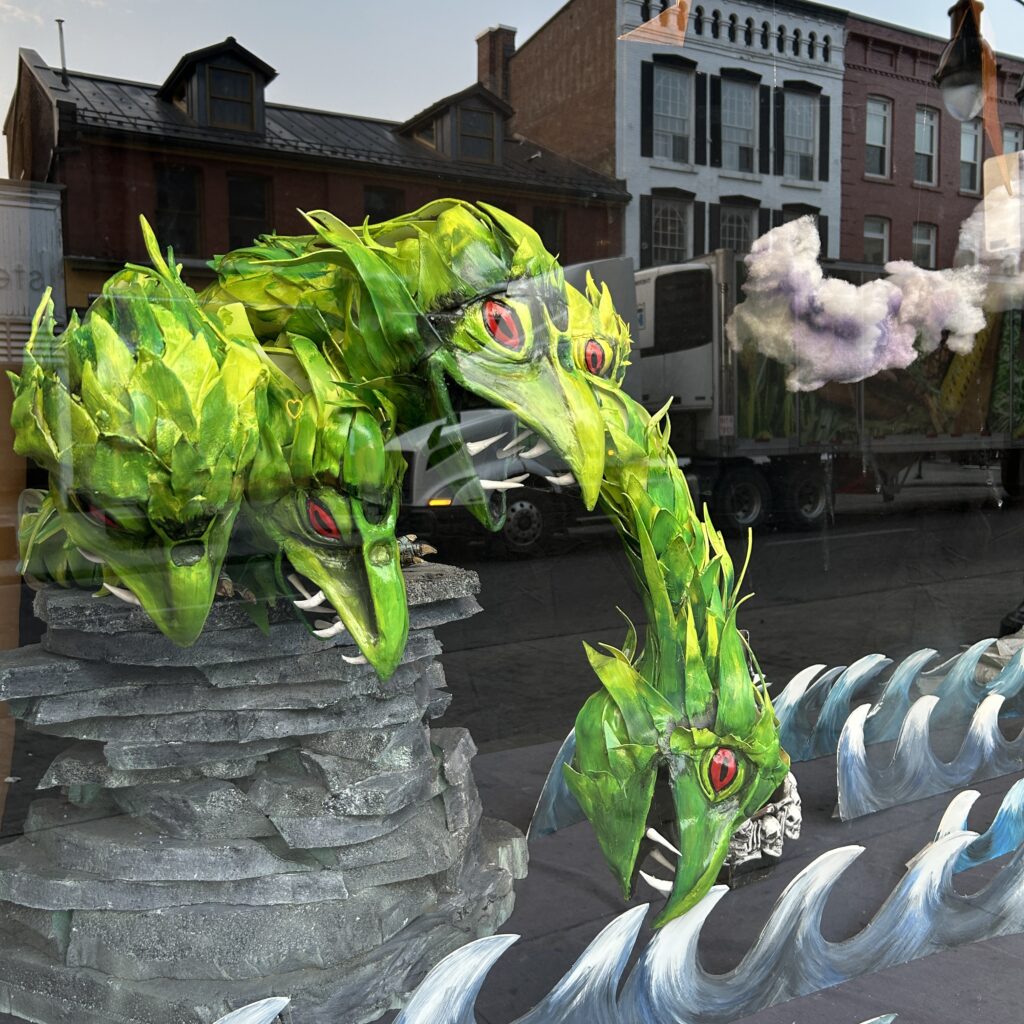
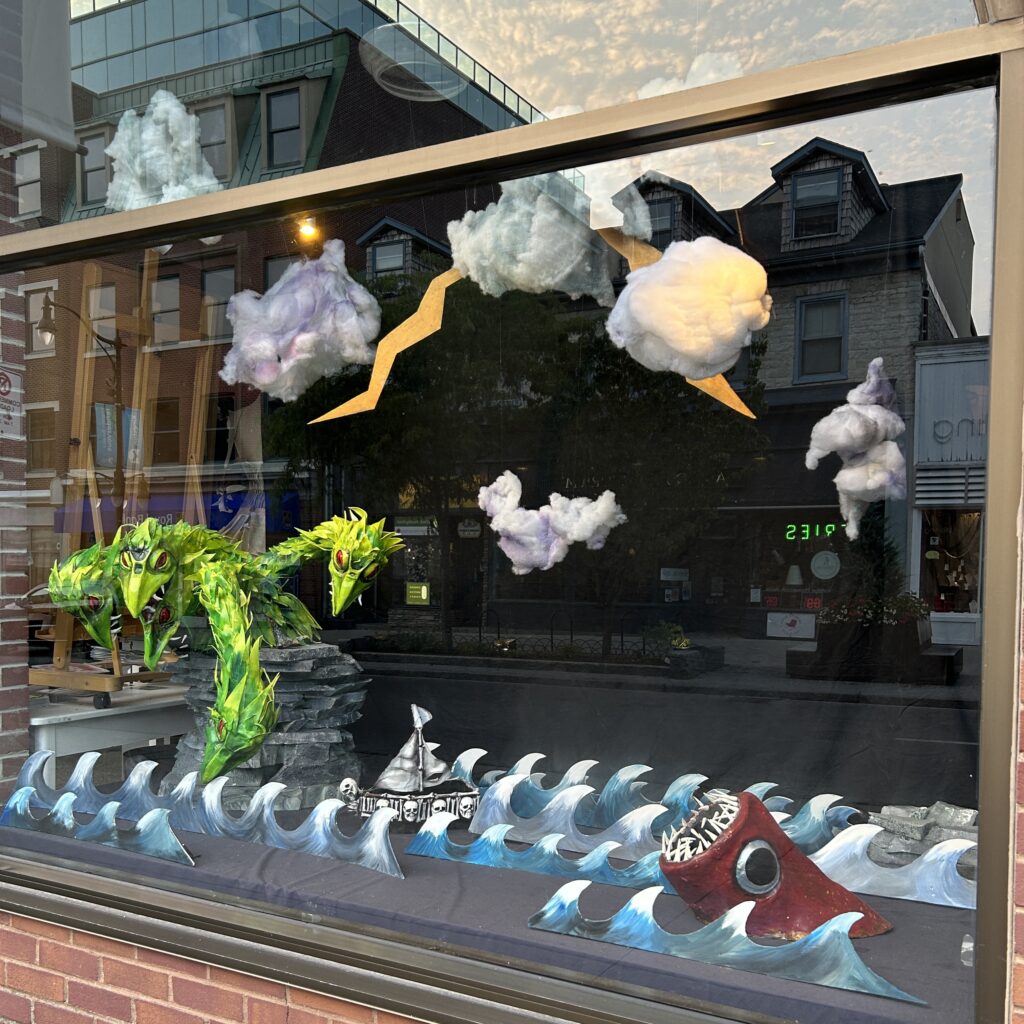
Window display at Minotaur


A painted utility box

Overgrown graffiti wall

Garden Madonna. I think this is also a New Order album cover?

Frieze outside the Bell Canada building on Princess

Spooky narrow alley

Authorized Service. Is this guy’s house a service place? Did he gank this sign and put it up on his porch? Mysteries abound.

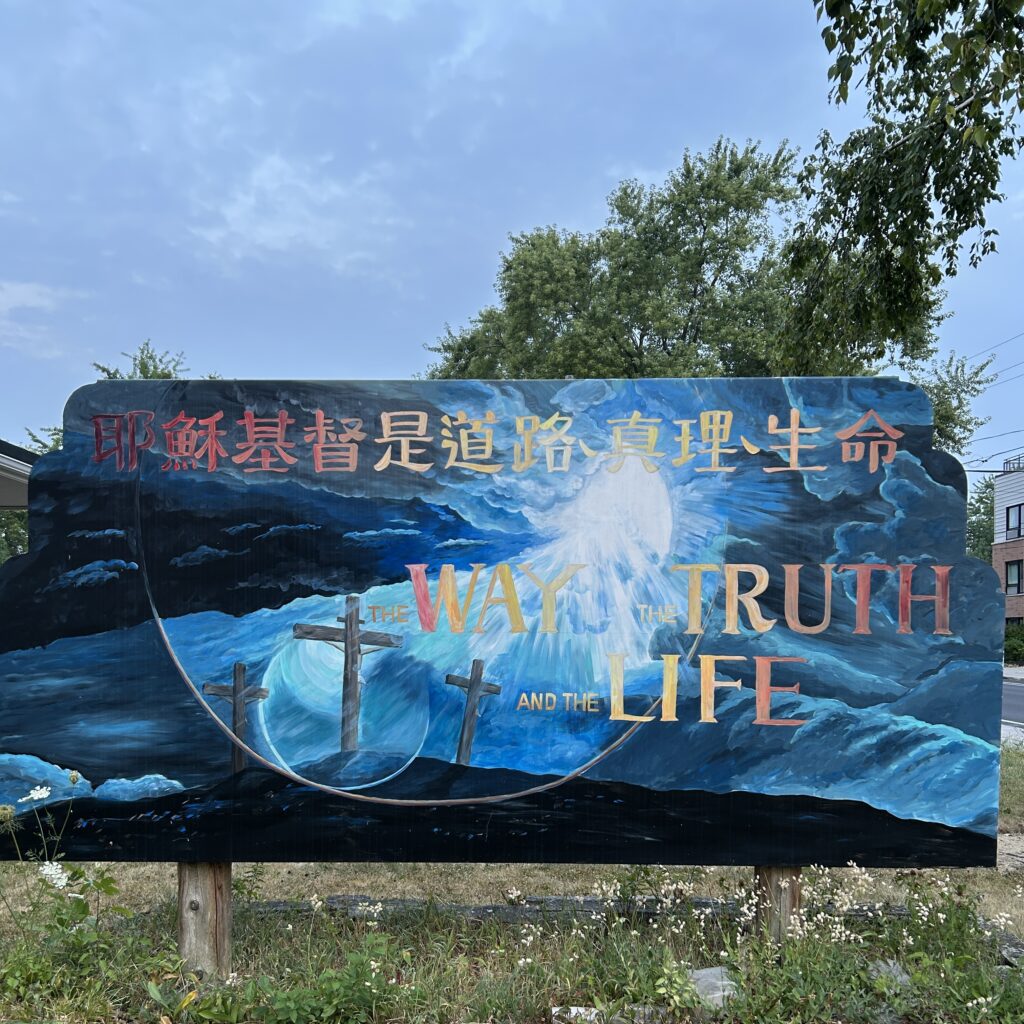
Kingston Chinese Alliance Church signs (1-2)

Blue Spheres

Shutters Without a Window

BEST OF LUCK & STAY IN TOUCH


Oakridge Birdhouse (two angles)

Uninscribed Memorial

L’il Chunky Bear Statue

I Think That Graphic Says Dogs Are Allowed?

Community Garden: Look But Don’t Pick

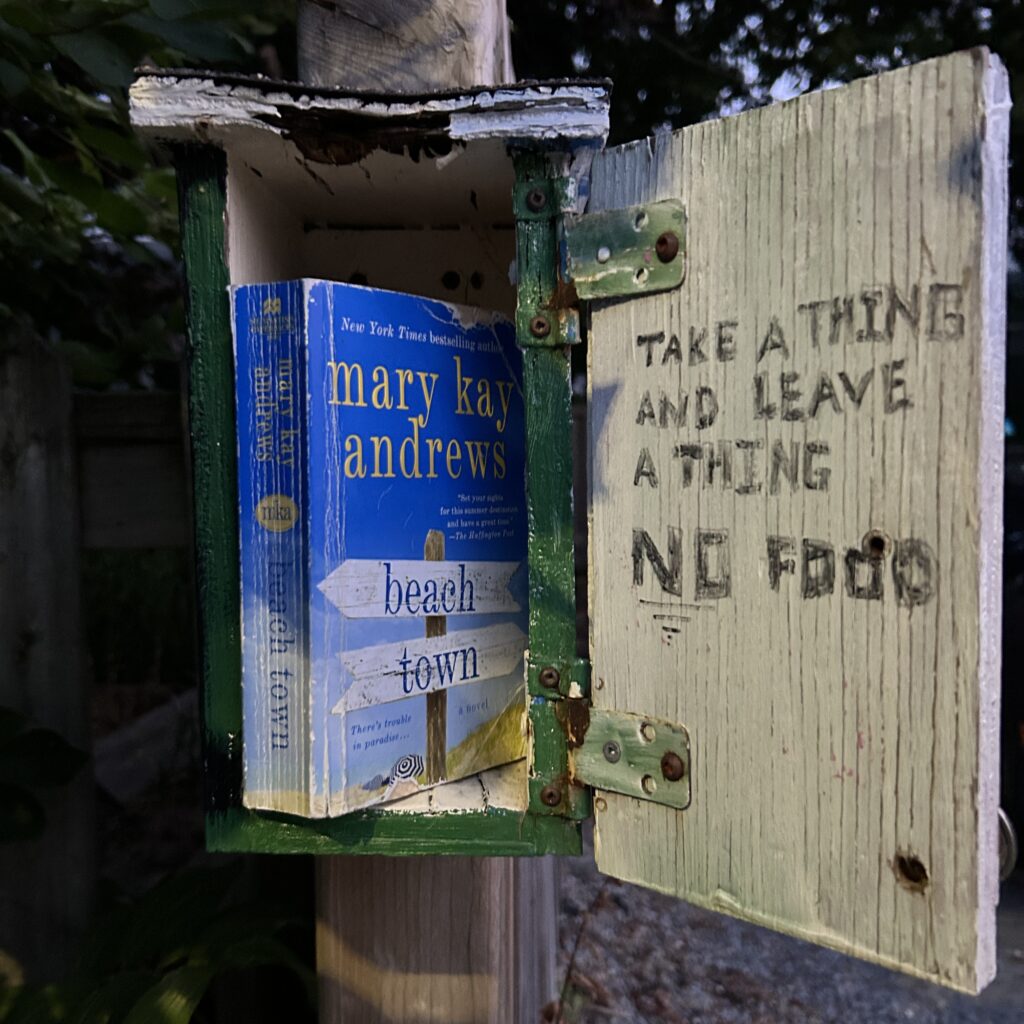
Beach Town in the Swap Box (No Fodo)

Concrete Sworls


Morning Flowers (1-2)

True Patriot Lawn

Stair Crack

Teal Garage

Old Gate

Mid-Move

The Plywood Says It’s Open

Martha’s Table

Just Bead It (Metaphysics)
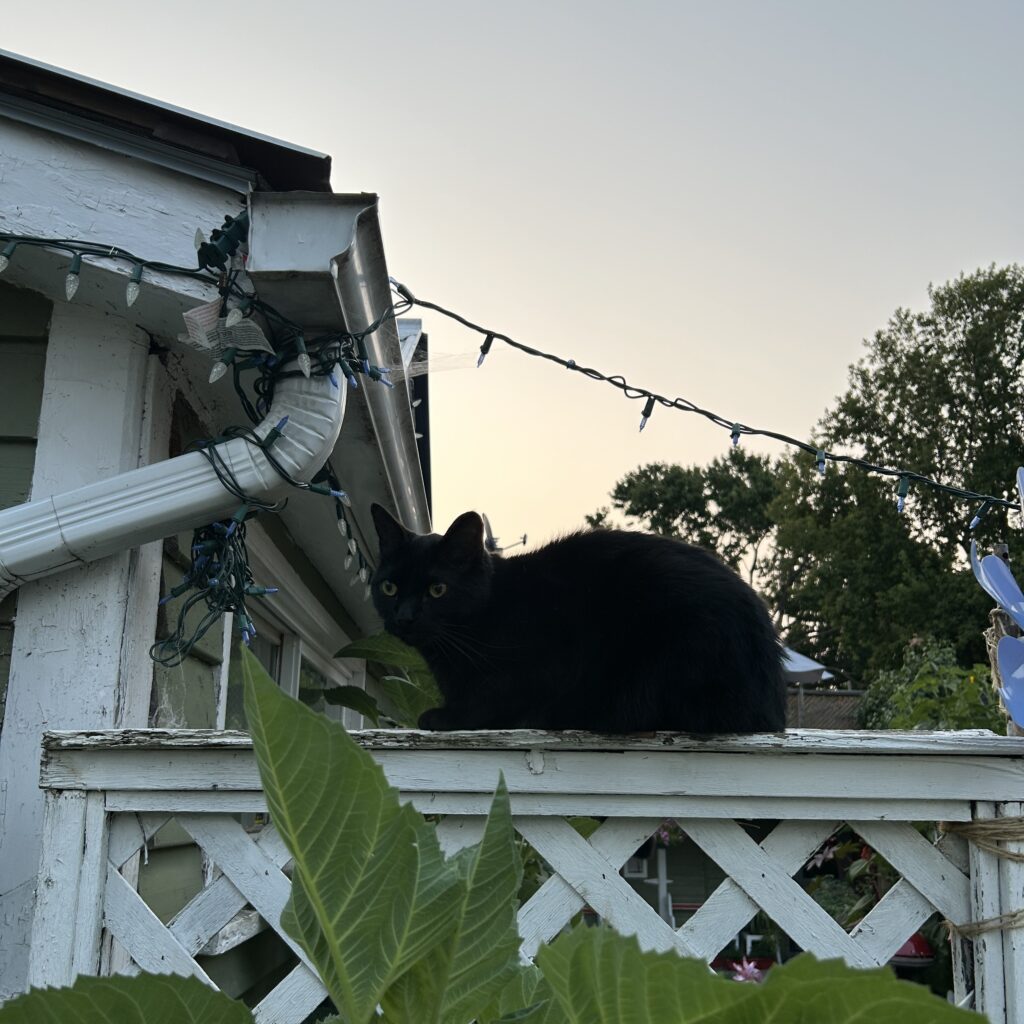
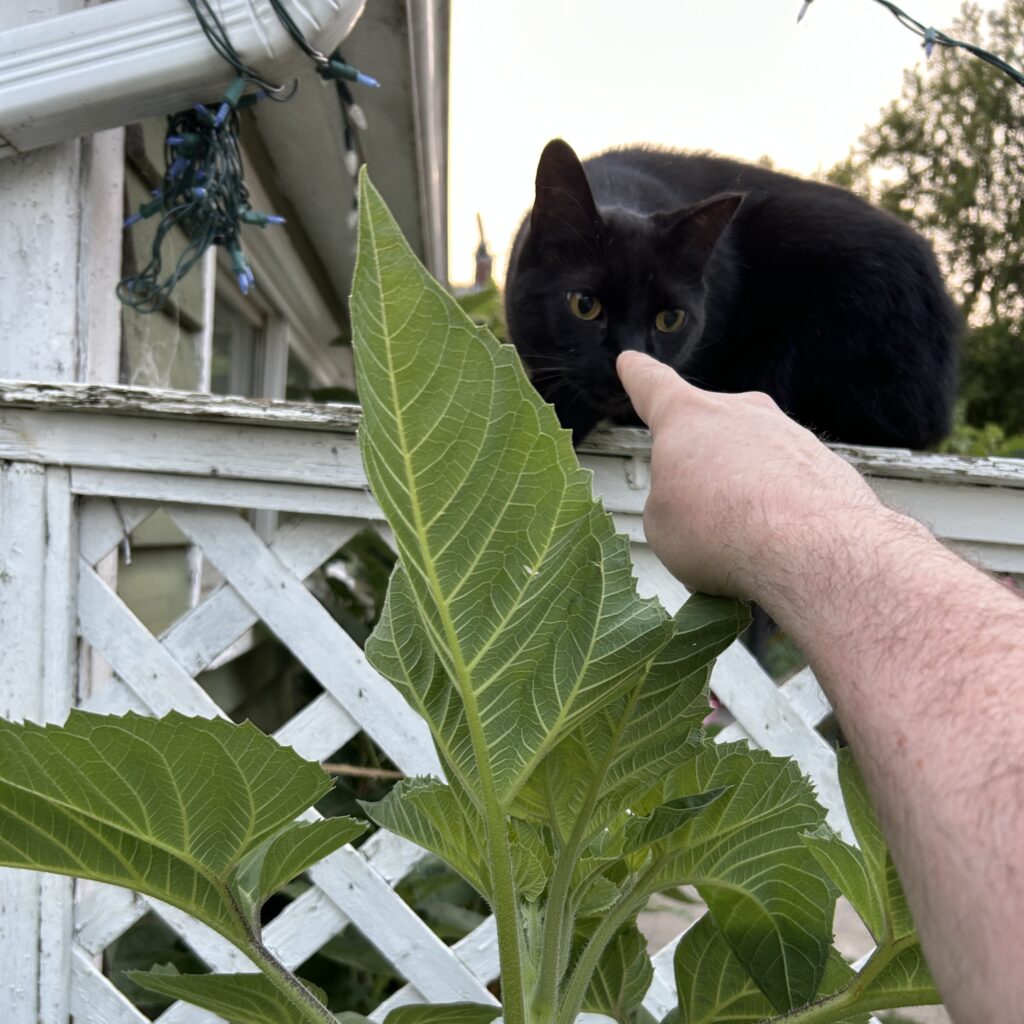
My New Friend Karl Tomatillo / Fingy of Fwiendship

Closed During All Hours

Zen Frog
Porch Disco

Lonely Flowers


Sunflowers (1-2)

Sign Plants

Classic Ol’ Holler

There Is Nothing In The Rules That Says A Dog Can’t Play Basketball But There Is At Least One Rule That Applies To Those Dogs While They Play Basketball

No Skate Boards

Terrifying Vent Hole (Big Al’s Back In)

Love is Love


This House Continues To Be Eaten By Vines

Windmill Door

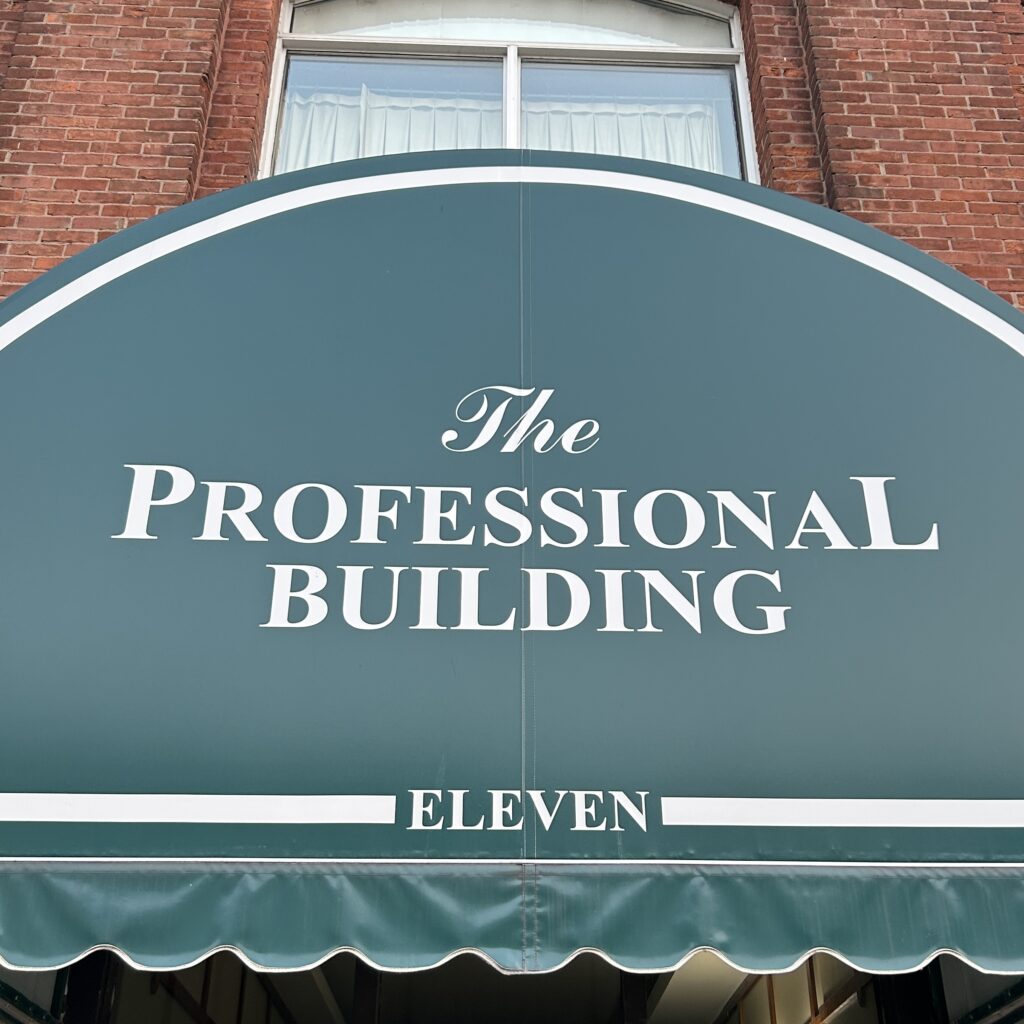
Two Building Names That Significantly Overpromise

Sunrise Through Wildfire Haze


Painted Utility Box (1-2)

Tree Lights

We Love You!